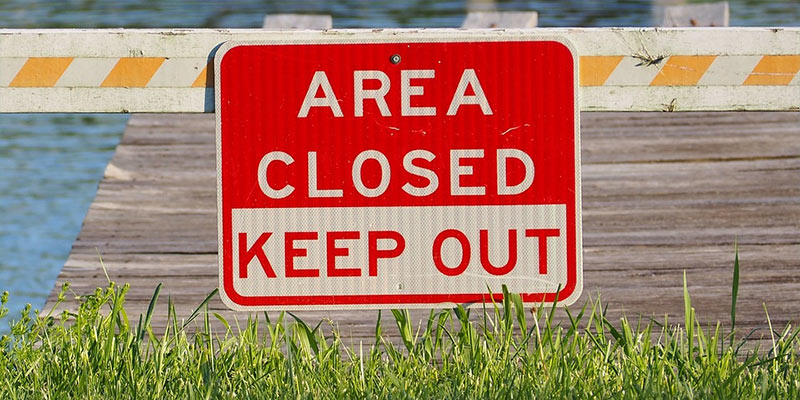
Anyone who runs a business that involves potentially hazardous jobs, chemicals or areas needs to let everyone know what and where the hazards are, how to avoid them and what to do if an accident happens.
The most cost-effective way of alerting people to dangers is to use signs and notices. These signs will help to protect employees as well as visitors to your business premises. There are literally thousands of pre-designed notices, but you can also commission custom signs from smartsign.com if you’re in an unusual line of business.
Where should you place your signs?
To use your signs most effectively, you should place them in:
- areas that carry any risk of injury to personnel, especially if the injuries could be severe or even fatal; these areas include uneven ground or anywhere where there may be falling objects;
- any areas where personal protective equipment (PPE) is necessary, or by machines which require operatives to wear PPE, from ear defenders to crushproof boots;
- any areas where the potential hazards are invisible or not immediately apparent, even to trained workers, like irritating vapors, chemicals, electromagnetic fields, sudden loud noises or even ionizing radiation;
- shopfloors and warehouses where mobile cranes, forklift trucks and similar vehicles can suddenly come around a corner;
- any areas or rooms which are used to store dangerous chemicals or goods, like flammable compounds, heavy items or poisons.
- Any small, cramped or confined areas or spaces, so people can stay out of them if they need to, or areas with restricted head-height, and
- Areas or rooms where the presence of asbestos has been confirmed, or even suspected; if the asbestos has recently been removed, the signs should stay up for as long as the removal team suggests.
How can you make sure your signs are effective?
If you design or choose your signs according to these tips, you will ensure your signage is as effective as it can be.
Only use simple words that are easily sight-read
If you keep your messaging to a few simple words that people recognize without having to decode, you let them know there’s hazards immediately. If you need to, you can explain more fully further down the sign.
Put the sign in the right place
You should place the sign right next to, or before, the source of the hazard. It’s all too easy for people to read it, walk on a few yards and then forget.
Images are just as effective as words
If not more so, sometimes. Using symbols, images and diagrams to expand upon or reinforce the message is very effective indeed. Don’t forget that not everyone can read English fluently, or read well in any language, so it’s important that your message is inclusive.
Use bright, vivid colors
Workshops and factories can be busy, so make sure your signs can be seen and “heard” above the bustle.
Ensure the sign is highly visible, even from a distance
Even if a worker is quite a long way from the sign and so unable to read the words, it should be clear that something needs to be taken note of when he or she draws near.
Check that all your workers have read and understood the signs
Ask your employees to read the signs and to explain them to you; if the sign tells them to don PPE, for example, ask them what type they need.
